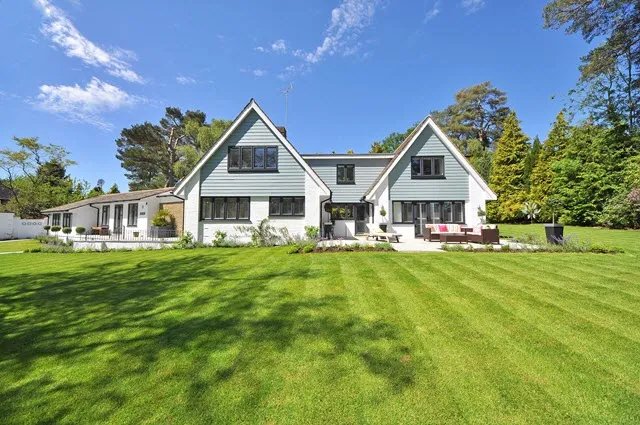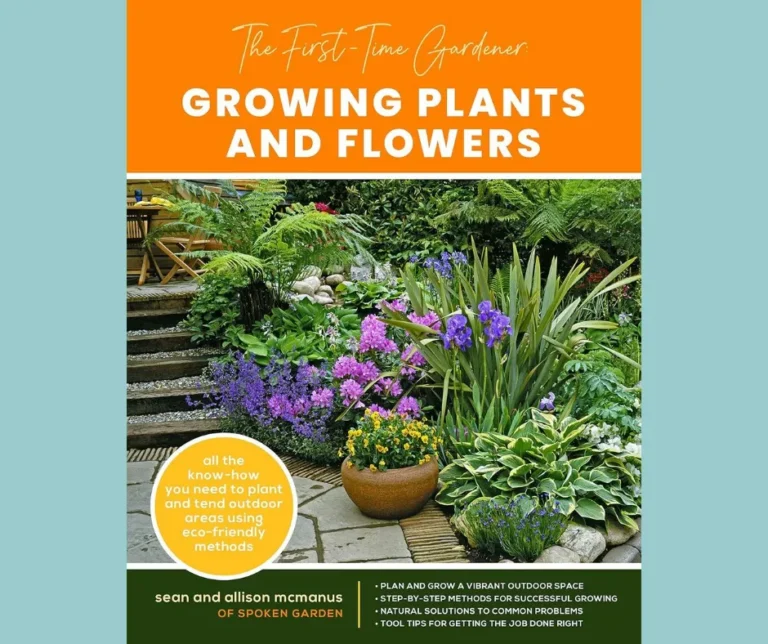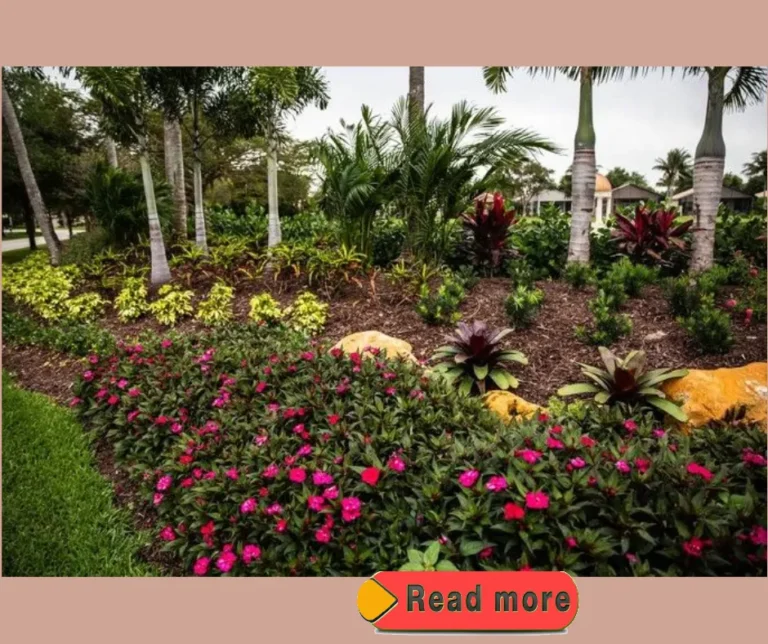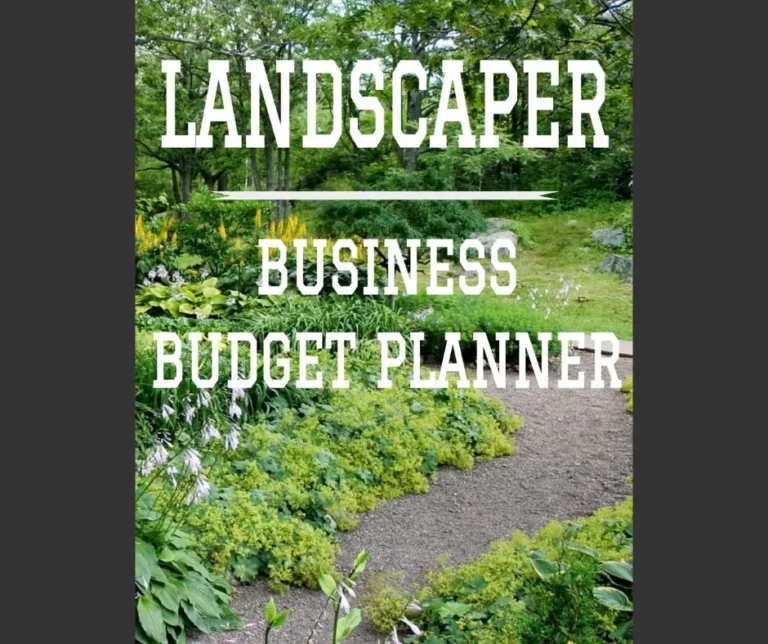Cool Landscaping Designs
Creating Cool Landscaping Designs with a tropical landscape is a rewarding and creative task, but finding and purchasing your ideal landscaping products and tropical décor is only half the battle of creating the ultimate tropical paradise in your home and yard.
The other half is the actual work involved in landscaping.
There are so many different landscaping ideas and methods you can use with colorful plants, bamboo fencing, a tiki bar, umbrella thatches, tiki statues, and all other bamboo and tropical-themed products.
Keep reading to learn more about some cool landscaping tips and ideas for your home and yard that will help you in your planning.
In an era of increasing climate challenges and water scarcity, the principles of dry climate gardening emerge as both a necessity and an opportunity for sustainable landscaping.
This innovative approach not only addresses the pressing need for resource conservation but also inspires the creation of vibrant, resilient gardens that thrive in low-water conditions.
By understanding the unique characteristics of arid and semi-arid environments, gardeners can select drought-resistant plants and employ techniques that enhance soil moisture retention, thereby fostering biodiversity and ecological balance.
The focus shifts from traditional gardening practices, often reliant on high water inputs, to a more mindful cultivation of native and adapted species that require minimal irrigation.
As we explore the fundamental strategies and benefits of dry climate gardening, we will uncover how thoughtful design and plant selection can lead to stunning landscapes that enrich our surroundings, support local wildlife, and contribute to a more sustainable future.
This article aims to provide practical insights to Cool Landscaping Designs and inspiration for gardeners at all skill levels, encouraging a shift towards practices that not only beautify our homes but also honor the delicate balance of our ecosystems in an increasingly water-conscious world.
Table of Contents Cool Landscaping Designs
Select drought-resistant plants for sustainability
Incorporating drought-resistant plants into your landscape not only enhances aesthetic appeal but also promotes ecological sustainability.
These plants are specifically adapted to survive in arid conditions, often featuring deep root systems, thick leaves, and unique water retention capabilities.
By selecting native species and varieties that thrive in local climates, gardeners can create resilient ecosystems that require minimal irrigation, thereby conserving water resources.
Additionally, these plants frequently attract local wildlife, including beneficial insects and pollinators, which further supports biodiversity.
Furthermore, the integration of drought-resistant greenery contributes to soil health and stability.
Many of these species enhance soil structure, reduce erosion, and improve nutrient cycling, creating a more robust environment for all forms of life.
By prioritizing sustainable practices through the careful selection of drought-tolerant flora, gardeners can significantly mitigate the impacts of climate change, reduce their carbon footprint, and create vibrant spaces that flourish with minimal environmental impact.
Implement mulching to retain moisture
Mulching serves as an effective method to enhance moisture retention within the soil, which is crucial for maintaining plant health in environments with scarce water resources.
By applying a layer of organic or inorganic material on the soil surface, mulching minimizes evaporation, regulates soil temperature, and suppresses weed growth, allowing more water to be available for the plants.
Organic mulches, such as wood chips, straw, or shredded leaves, not only provide these benefits but also contribute to long-term soil fertility as they decompose, enriching the soil with essential nutrients.
Implementing a mulching strategy can significantly reduce the frequency of watering required, thereby promoting water conservation.
This practice is particularly beneficial for newly established plants that are still developing their root systems.
By maintaining a consistent moisture level in the soil, mulching helps reduce stress on plants, enabling them to thrive even under low-water conditions.
As a result, mulching not only supports the growth of resilient landscapes but also aligns with sustainable gardening practices aimed at conserving vital resources in arid climates.
Use drip irrigation for efficiency
Drip irrigation stands out as a highly efficient watering method, particularly well-suited for gardens in regions characterized by low water availability.
By delivering water directly to the root zone of plants through a network of tubes and emitters, this technique minimizes water loss due to evaporation and runoff.
As a result, plants receive a consistent supply of moisture, which enhances their health and growth while reducing overall water consumption.
Furthermore, drip irrigation can be tailored to meet the specific needs of different plant species, allowing for more precise water application and reducing the risk of overwatering.
In addition to its water-saving benefits, drip irrigation can also promote healthier plant growth by encouraging deep root development.
When plants receive water more directly and consistently, their roots are incentivized to dig deeper into the soil, thereby improving their access to nutrients and moisture stored below the surface.
This system can be particularly advantageous in arid climates, where it helps sustain robust garden ecosystems while conserving vital water resources.
Adopting such efficient irrigation practices not only supports the sustainability of gardening efforts but also aligns with broader environmental conservation goals.
Optimize soil health for resilience
Maintaining optimal soil health is essential for fostering resilience in gardens, particularly in arid environments where water scarcity poses significant challenges.
Healthy soil acts as a living ecosystem, rich in organic matter, beneficial microorganisms, and essential nutrients.
By enhancing soil structure and fertility through practices such as composting and mulching, gardeners can improve water retention and drainage, which are crucial for plant survival during extended dry periods.
The incorporation of cover crops and green manures can further enrich the soil, increasing its organic content and promoting biodiversity, which collectively contribute to a more robust and resilient garden system.
Moreover, optimizing soil health aids in mitigating the impact of climate fluctuations, enabling plants to withstand drought conditions more effectively.
A well-balanced soil ecosystem not only supports optimal nutrient availability but also enhances microbial activity that aids in nutrient cycling.
This synergistic relationship bolsters plant vigor and improves their capacity to adapt to changing environmental conditions.
Consequently, implementing soil health strategies is not merely about immediate plant performance; it is a proactive approach to creating sustainable landscapes that thrive in the face of climate change.
Plan gardens for seasonal adaptability
Strategically designing gardens with seasonal adaptability in mind involves selecting plant species that thrive in varying climate conditions while considering the unique challenges posed by dry environments.
By incorporating a diverse array of native and drought-tolerant plants, gardeners can create a dynamic ecosystem that flourishes throughout the year, responding to seasonal shifts in temperature and precipitation.
This diversity not only enhances the aesthetic appeal of the garden but also fosters resilience, as different plants will exhibit varying degrees of tolerance to fluctuating conditions, ensuring that the garden remains vibrant during periods of stress.
Incorporating features such as shade structures, windbreaks, and microclimates can further bolster a garden’s adaptability.
These elements provide essential protection from extreme heat and wind, helping to regulate soil moisture and temperature.
Additionally, thoughtful planning regarding plant placement—such as grouping species with similar water and light requirements—will promote efficient resource use, reducing competition for limited moisture.
By fostering a garden design that embraces seasonal change, gardeners can cultivate a sustainable landscape that not only withstands the rigors of a dry climate but also thrives in its unique beauty through the seasons.
In conclusion, dry climate gardening presents an invaluable opportunity to cultivate vibrant, sustainable gardens while conserving precious water resources.
By selecting drought-tolerant plants, implementing efficient irrigation techniques, and embracing organic practices, gardeners can create aesthetically pleasing landscapes that thrive in arid conditions.
This approach not only enhances the ecological health of our communities but also fosters a deeper appreciation for the resilience of nature.
As we continue to face the challenges posed by climate change and water scarcity, adopting dry climate gardening principles will be essential for promoting sustainable practices and ensuring the longevity of our gardens for generations to come.
Benefits of Landscaping
In addition to being beautiful and aesthetically pleasing, landscaping your home and yard adds enjoyment and value to your home.
Landscaping has proven to be one of the top ways to add monetary value to one’s home.
Additionally, depending on the particular landscaping project and the amount of continued maintenance and upkeep, landscaping can even appreciate over time.
Landscaping Tips and Ideas
Plan before you Buy.
This may sound tricky, but it’s an important step when landscaping.
Simply sketch your ideal landscape design on paper before you start buying, planting, and building your new yard.
This will enable you to make smart purchases by knowing exactly what materials you need and where you’re going to put them.
Planning your landscaping project can save you time, money, and unnecessary frustration.
Build Boundaries.
Walls and fences are generally a necessity for every home and yard.
But, you don’t want boring old fencing or concrete cinderblocks as your barriers.
Instead, you can create a beautiful landscape and tropical paradise through the use of bamboo poles and bamboo fencing.
Additionally, you can use various plants, shrubs, and trees for barriers.
Add Waterworks.
Not only does a beautiful water feature add a pleasant ambiance with the sound of trickling water, but water features are also extremely pleasing to the eye, can add value to your home, and are elegant.
You can add a beautiful waterfall, fountain feature, or small pond to your tropical décor.
If you opt for a pond, you can even buy colorful fish to enhance your water feature.
Just be sure to maintain whichever water feature you add to your landscape.
Color is your Friend
Adding color to your landscape will do wonders.
And, it’s surprisingly very inexpensive.
In fact, for as little as $1.
00 a plant, you can blanket your yard with petunias, daisies, and other small annuals that will flower throughout the growing season.
Color is a highly defining characteristic in tropical landscapes.
Attractive colors will surely enhance the tropical theme in your home and yard.
Foliage is Fun.
Interesting, eye-catching, and distinctive foliage can add variety and appeal to your yard.
You can replace plants that don’t flower, replace flowers that are difficult to maintain, or simply add foliage to your current landscape.
Keep your Grass Nourished.
Healthy, green, lush grass is always an easy and popular idea for any landscape.
To reach optimum nourishment, you can implement regular fertilizer treatments and maintain a watering schedule.
You can also keep that unwanted crab grass and those nagging weeds out of your lawn by adding a weed killer to your fertilizer treatment.
Bamboo and Tikis Tropical Décor
At Bamboo and Tikis, we have an extensive selection of top-quality landscaping products and tropical décor.
Whether you are looking for bamboo fencing to create an aesthetically pleasing wall around your yard, a unique tiki bar for fun and entertainment, or other tropical landscaping products, Bamboo and Tikis has the products for you.
So, get started on adding value and beauty to your yard by turning it into the ultimate tropical paradise.
Browse our web site or come on in to our grand showroom in San Diego which offers 65,000 square feet of bamboo and tropical products galore.







